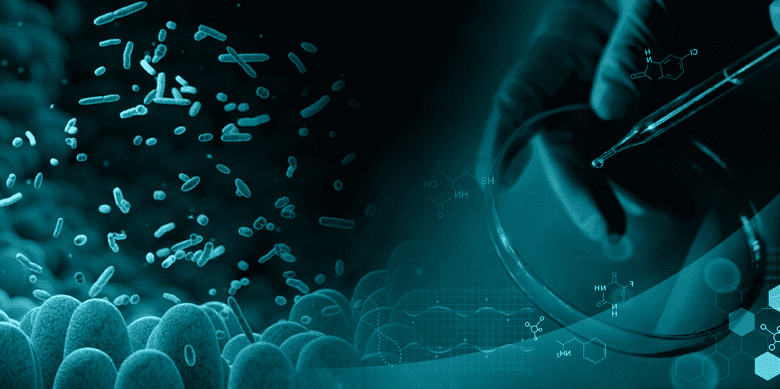The Critical Role of the Microbiome in Neurodegenerative Diseases: Perspectives and Challenges

Discover the critical role of the microbiome in neurodegenerative diseases and the challenges facing current research. This blog explores the significance of the gut-brain connection, the bidirectional operation of the Central Nervous System-Gut-Microbiota axis, and the implications for conditions like Parkinson’s and Alzheimer’s. Despite emerging concerns about research validity, there is substantial evidence supporting the microbiome’s involvement in neurological health. Learn about the complexities and future directions for microbiome studies, emphasizing the need for rigorous clinical trials to unlock new therapeutic strategies.
Management Control in a Laboratory: Optimization and Strategic Oversight

Management Control in a Laboratory: Optimization and Strategic Oversight” discusses the vital role of management control in overseeing pharmaceutical activities. It covers budgeting, performance monitoring, and strategic decision-making to ensure efficiency and goal achievement in a medical laboratory setting.
Challenges in Developing Adhesive Layers for Medicinal Patches

Ensuring adhesion throughout the use of a medicinal patch is crucial for providing safe and reliable products. Discover how an adhesive overlay can be the solution to adhesion problems and the challenges its formulation presents. From compatibility with the active ingredient to the ideal size and the ability to avoid interfering with drug release, delve into the complex technical aspects that make medicinal patches effective.
Transdermal Patches: Benefits and Proper Handling

Transdermal patches provide a non-invasive, efficient method for drug delivery with better bioavailability and consistent administration, ideal for long-term treatments while reducing gastrointestinal side effects. Read more to learn about proper handling and correct usage.
Ethical Alternatives in Research

Advances in ethical alternatives to animal experimentation, such as in vitro models and the implementation of the “3R” principle, show a growing commitment to animal welfare, improving research quality, and protecting the environment. These practices offer more relevant results for humans while addressing ethical and scientific concerns. Integrating humane and effective methods like cell models, toxicogenomics, and computational models promotes more ethical, accurate, and sustainable research.
Evolution of the transdermal market: mergers, diversification, and business opportunities

Transdermal patches, those discreet allies we adhere to our skin to release drugs in a controlled manner, have come a long way since their introduction in 1979. While they have multiple advantages, they have not reached the market massively due to the significant challenges that a molecule must overcome to be administered by this route. To highlight this minority participation within the array of means to administer drugs to the body, we can mention that between 2015 and 2022, only 84 transdermal patches were approved out of a total of 7239 generic products by the FDA, representing just 1.2% of these products.
Fake Papers

In the 17th century, scientific work was disseminated through prestigious entities like academies or universities. Manuscripts were reviewed and published based on the institution members’ judgment. This method persisted until the 20th century when commercial publishers led to the emergence of Peer Review and the Journal Impact Factor (JIF). Open Access, which advocates for free access to scientific information, also became important. Despite facilitating scientific communication, these factors also led to problems like plagiarism and data fabrication.
The Future of Scientific Publishing

Scientific publishing faces evolution: from prestigious journals to commercial giants. Concerns arise over access barriers, rising costs, and the emergence of predatory publishers. The future hinges on open access and digitalization, shaping a dynamic landscape for knowledge exchange.
Sustainable Future in the Pharmaceutical Sector

Environmental sustainability is a fundamental pillar for maintaining a harmonious balance between humans and their natural environment. This implies creating programs that promote awareness of the environmental impact of our daily actions, as well as the products and services we consume.
Work-related accidents in the industry

Work-related accidents pose a constant concern in the industry, where the safety and well-being of employees are paramount. In this article, we will explore the crucial measures that must be implemented to prevent accidents, the responsibilities of companies, and the tools available to ensure a safe work environment.